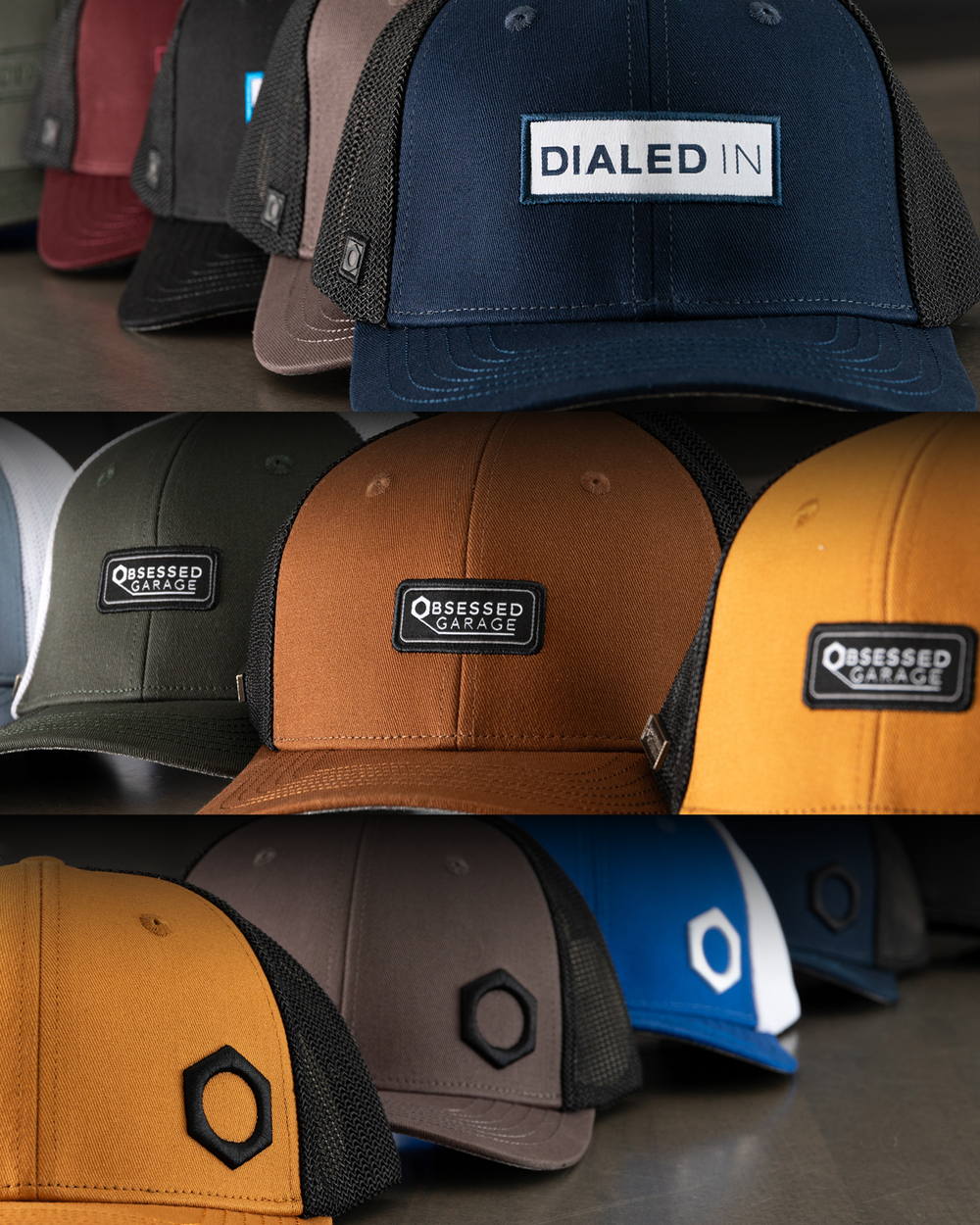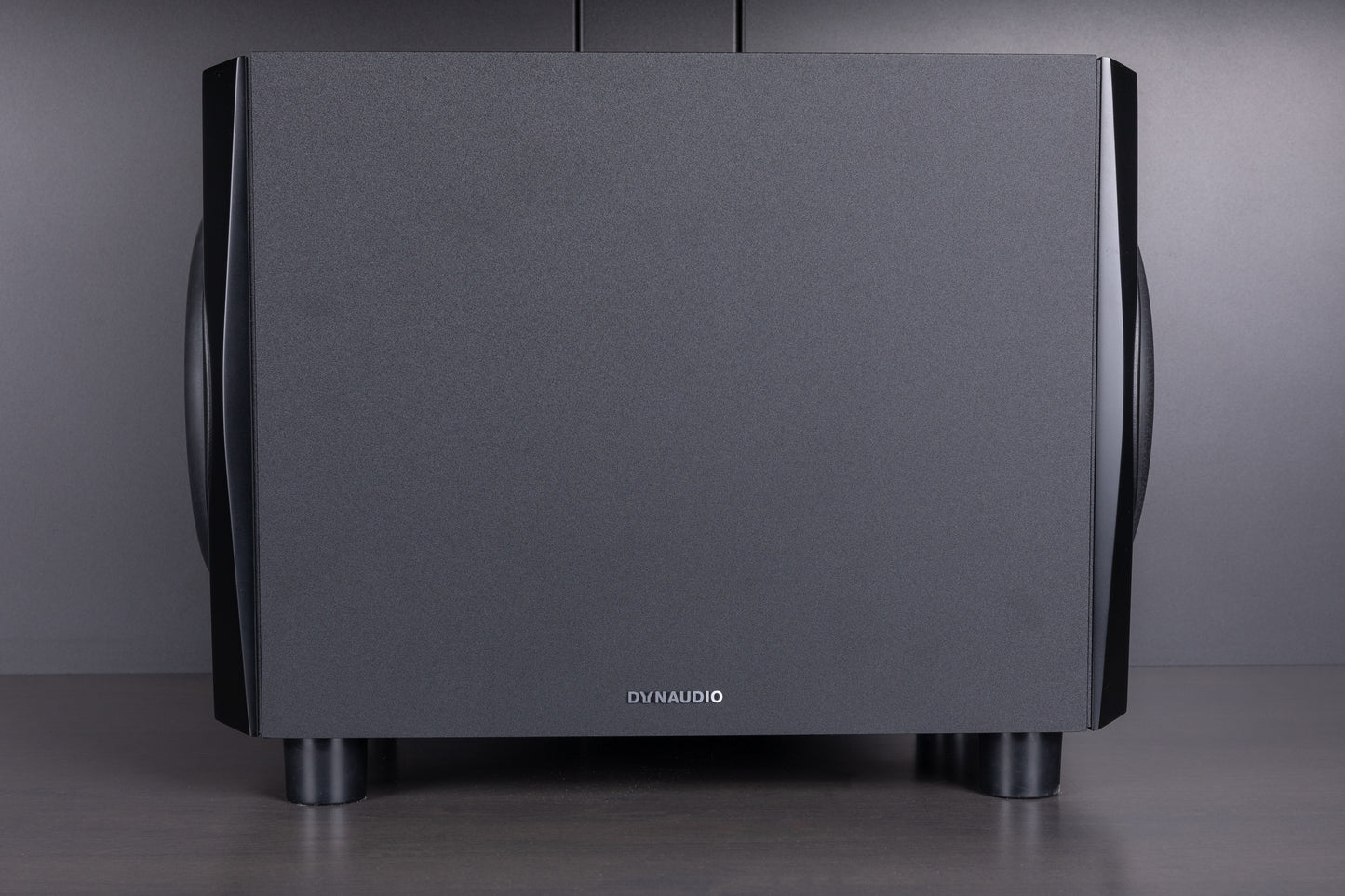Dynaudio Subwoofers
Description
I feel like I’ve made it at this point in my audio journey. Initially, I had no intentions of carrying the Dynaudio subwoofers. If I’m being honest, I only wanted them to say I bought the entire catalog. And boy, aren’t I glad I did.
What’s really surprising is that I like the Dynaudio subs more than I like their studio and wireless speakers. The quality, the punch, and the low-frequency hit you get from these caters so well to music, and even when watching movies, these are super-stout.
So, let’s start with the little guys - Sub 3 and Sub 9s. Both are small in size but definitely not small in sound. They look identical and share some similarities. For instance, both Sub 3 and Sub 9s have a 9” woofer in a single sealed 9” enclosure. They have a 300-watt Class D amplifier and sound pretty decent. The 3 comes in either black or white when it comes to color options, while the 9s only come in black.
The Sub 3 is designed to work with Dynaudio’s regular speaker line (Emits and Evokes). This sub is a good compliment to a pair of bookshelf speakers in a small, office-type setting. Think of these as a consumer speaker while the Sub 9s are on the pro side.
The Sub 9s is a compliment to the LYD series and explicitly made for this line of speakers. Despite its lesser cost, I’d argue it’s more robust than the Sub 3.
Another difference between the 3 and 9s is the front grill. The Sub 3 (consumer-side) has a grill where the 9s don’t. The Sub 3 has a semi-gloss finish, while the Sub 9s has more of a textured finish.
Now, let’s talk connectivity. This is where the difference between these two comes in. On the Sub 9s, you will run your speakers through the sub - keep in mind, I’m using the 9s on desks only. You’ll run your XLR cable out of your audio interface into the Sub 9s and then out of the sub into your LYD 5’s or LYD 8’s - these are by far the best speakers for this sub. Your crossing over the signals - the subwoofer takes what it needs and sends the rest of the signal out to the speakers. It’s a quality way to connect.
With the Sub 3, it’s relatively the same. In most instances, you’re going to run the low-frequency effects out of your receiver or DAC. So, you’ll run your speaker wires to your speaker, and then you’ll run your RCA connection to your subwoofer.
I will say this, don’t buy these for your garage unless you have a really tiny one. I feel we can do a whole lot better for less. I’m working with SVS now to bring in some more suitable options. Again, the Sub 3 and definitely the Sub 9s are what I’m using in a smaller space or for a desk setup.
Now, let’s move into the subs that have changed my mind and world. The Dynaudio Sub 6 and 18s. I’m in love with these things. Before I jump into my experience with both subs, let me share with you my desk set up in the Yarn garage:
- A pair of LYD 5’s
- Apple Pro XDR display
- 16” Macbook Pro
- Sub 18s
My Yarn office is much bigger than my HQ office (where we shoot our podcasts). I have a 9s in there because it’s a much smaller space. It’s a pricey setup, I know. However, I want the absolute best audio experience when working at my desk or in my garage.
Speaking of the garage, this is precisely where we’re using the 18s. If you’re going to do LYD 8’s, LYD 48’s, Core 59’s, or any studio monitor setups, you want the Sub 18s. These have dual 9” woofers, which are quite different from the smaller guys (Sub 3 and Sub 9s). The 18s has a much more robust surround, a lot more Xmax, and a lot more excursion. It has a Class D 500-watt amp, 200 more watts than its baby brothers.
The enclosure on the 18s feels a lot more heftier as well. You’ll notice on the back of the speaker that there are XLR connections, but they also include RCA. So, you have both types of connections with this Sub. These subs do best when you run a stereo connection to them. Running a Y-adapter will make this arrangement work.
The Sub 6 is very similar, but it comes with grills. The color options are Satin Black or Satin White. The back of the 6 is the same as the 18s, which can get a little confusing. The main reason to buy the Sub 6 is for the DSP (Digital Signal Processing). In lamens terms, the DSP manipulates audio signals to optimize the performance of your sound system.
You’re going to do better with the 18s in your garage because of its textured finish. You won’t have to wipe on it nearly as much as you would with the 6. Not to mention what I’d like to call “The Hack”, you’re getting the same speaker (as the 6) for less the money.
Chances are, if you’re adding a sub to your audio setup, you’ll want to do it wirelessly. The OSD Audio Nero Wireless Subwoofer Kit makes this connection work so well.
I’m super excited to have all of these options available. Now that we have flooring, lights, tools, cabinets, lifts, and audio, we’re making headway towards completing our end-to-end garage solutions.






































